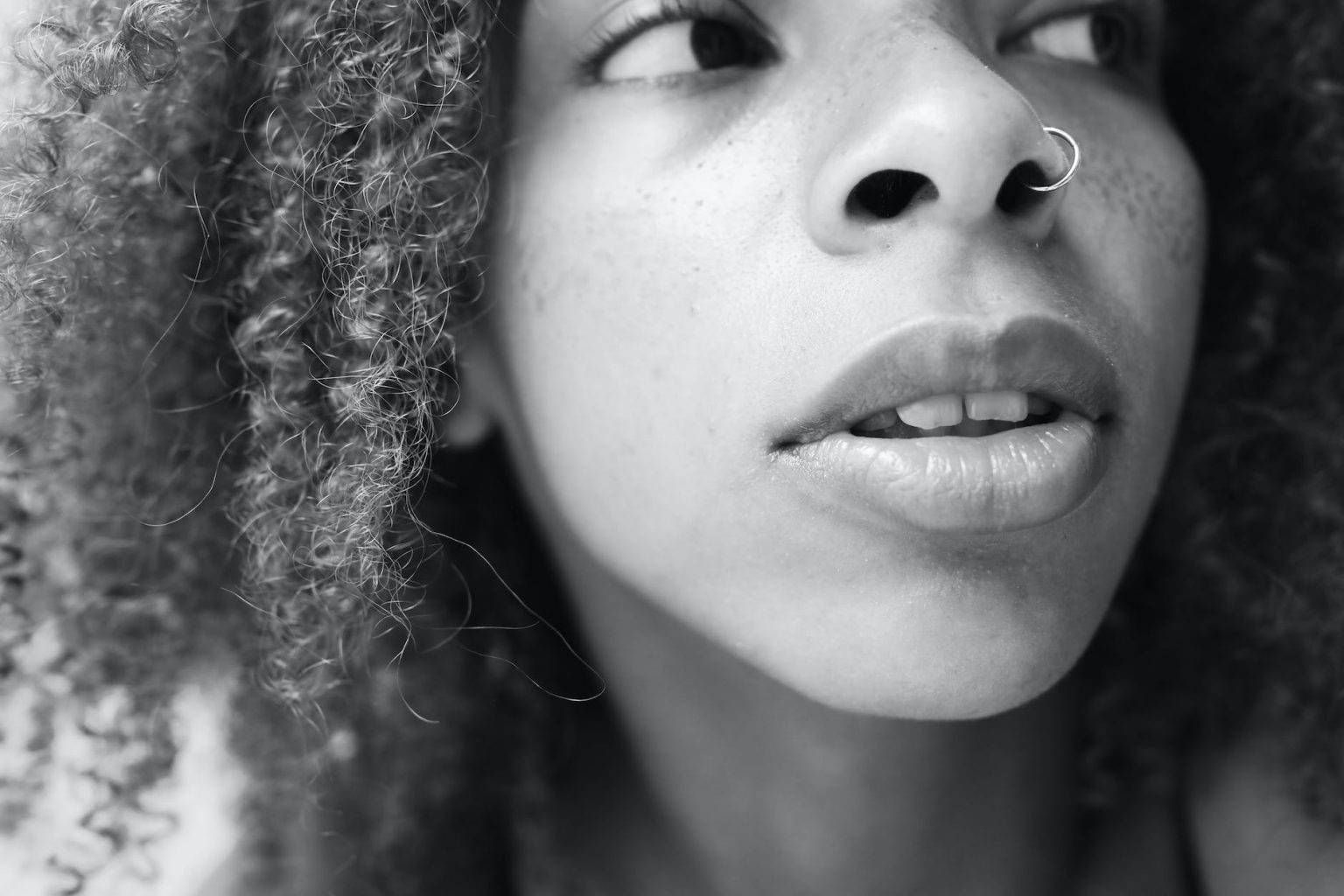|
Getting your Trinity Audio player ready...
|
Nose piercings have been a popular form of self-expression and adornment for centuries, with their roots in various cultural and religious traditions. However, like any other body modification, they come with their own set of challenges. One common issue that many individuals face after getting a nose piercing is the dreaded “nose piercing bump.” In this comprehensive guide, we will explore the various causes of this bump and discuss effective ways to get rid of it.
Understanding the Nose Piercing Bump
Before delving into how to get rid of a nose piercing bump, it’s essential to understand what it is and why it occurs. A nose piercing bump is a raised area of tissue that forms near the site of the piercing. It can appear on the inside or outside of the nostril and can range from a small, pimple-like bump to a larger, more inflamed mass.
Causes of Nose Piercing Bumps
Several factors can contribute to the development of a nose piercing bump, including:
- Infection: One of the most common causes of nose piercing bumps is infection. Bacteria can enter the piercing site during the piercing process or afterward if proper aftercare is not followed. An infected bump may be red, swollen, and pus-filled.
- Irritation: Irritation is another prevalent cause of nose piercing bumps. This can occur if you frequently touch, twist, or turn the jewelry, or if you use jewelry made of low-quality materials. Allergic reactions to the metal in the jewelry can also lead to irritation.
- Trauma: Accidental trauma to the piercing site, such as getting it caught on clothing or bedding, can result in the formation of a bump. Trauma can disrupt the healing process and cause tissue damage.
- Keloids and Hypertrophic Scarring: Some individuals are genetically predisposed to develop keloids or hypertrophic scars, which can manifest as raised bumps at the piercing site. These scars tend to be more common in people with darker skin tones.
- Poor Aftercare: Neglecting proper aftercare instructions, such as cleaning the piercing regularly with a saline solution, can increase the risk of infection and bump formation.
Now that we understand the potential causes of nose piercing bumps, let’s explore how to effectively get rid of them.
Getting Rid of a Nose Piercing Bump
Dealing with a nose piercing bump can be frustrating, but there are several methods and remedies that can help resolve the issue. It’s important to note that the effectiveness of these methods may vary depending on the cause of the bump and individual factors. Here are some strategies to consider:

1. Practice Proper Aftercare
The foundation of preventing and treating nose piercing bumps is proper aftercare. If your bump is the result of infection or irritation, it’s crucial to maintain a clean and hygienic piercing site. Follow these aftercare tips:
- Clean the piercing twice a day with a saline solution. You can make your own saline solution by mixing 1/4 teaspoon of non-iodized sea salt with one cup of warm distilled water.
- Use a clean cotton ball or swab to apply the saline solution gently to the piercing site.
- Avoid touching the piercing with dirty hands, and never twist or turn the jewelry unnecessarily.
Consistent aftercare can help resolve minor issues and prevent them from worsening.
2. Switch to High-Quality Jewelry
If your bump is due to irritation or an allergic reaction to the jewelry, consider switching to high-quality jewelry made of materials like surgical stainless steel, titanium, or niobium. These materials are less likely to cause irritation or allergic reactions. Avoid jewelry containing nickel, as it is a common allergen.
3. Don’t Remove the Jewelry
While it may be tempting to remove the jewelry when you notice a bump, doing so can lead to further complications. Removing the jewelry can cause the piercing to close, trapping infection inside. Instead, consult a professional piercer or a healthcare provider for guidance on how to address the bump while keeping the jewelry in place.
4. Warm Compress
Applying a warm compress to the affected area can help reduce inflammation and promote blood circulation. To create a warm compress:
- Soak a clean cloth in warm water.
- Gently wring out excess water.
- Apply the warm cloth to the bump for 10-15 minutes, several times a day.
This can help soothe the area and encourage healing.
5. Over-the-Counter (OTC) Solutions
There are OTC treatments available that can help with nose piercing bumps. Look for products containing ingredients like tea tree oil or chamomile, known for their anti-inflammatory and antibacterial properties. Follow the instructions on the product carefully.
6. Seek Professional Advice
If your nose piercing bump persists or worsens despite your best efforts, it’s advisable to seek professional advice. A professional piercer or a healthcare provider can assess the situation and recommend appropriate treatment. They may prescribe antibiotics for an infection or suggest other interventions based on the specific cause of the bump.
7. Be Patient
Healing time for nose piercings varies from person to person. It’s essential to be patient and consistent with your aftercare routine. Avoid unnecessary stress on the piercing site and refrain from changing or rotating the jewelry too frequently. Healing can take several weeks to several months, so give your body the time it needs to recover fully.

Preventing Nose Piercing Bumps
Prevention is often the best approach when it comes to nose piercing bumps. Here are some tips to help you avoid this common issue in the first place:
- Choose a reputable and experienced piercer who follows strict hygiene and safety standards.
- Opt for high-quality jewelry made of hypoallergenic materials.
- Follow proper aftercare instructions provided by your piercer.
- Avoid excessive touching, twisting, or turning of the jewelry.
- Be mindful of your piercing and avoid exposing it to potential sources of trauma, such as rough contact with clothing or bedding.
By taking these preventive measures, you can significantly reduce the risk of developing a nose piercing bump.
In Conclusion
A nose piercing bump can be a frustrating and unsightly issue, but with the right approach, it can be effectively treated and prevented. Proper aftercare, high-quality jewelry, and patience are key factors in resolving nose piercing bumps. If you encounter persistent or severe issues, don’t hesitate to seek advice from a professional piercer or healthcare provider. Remember that everyone’s healing process is unique, and what works for one person may not work for another, so be flexible in your approach and prioritize your own well-being throughout the healing journey.


